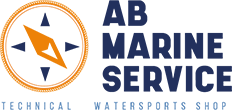Electric Parts
Looking for boat electrics? Here you’ll find all the necessary resources and parts for the power supply of your boat. Examples include fuses, switches, jump leads and mini relays. Mini relays are intended for continuous rated amperage. For peak voltage applications use our high-power relays. Questions? Feel free to contact us.
Go to:
Arrange the on-board electricity
What electrical parts does a boat motor have?
-
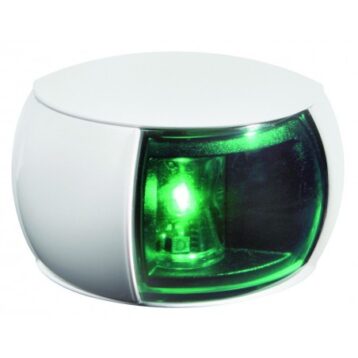
Hella marine (65)
-

Thread and cable lugs (312)
-
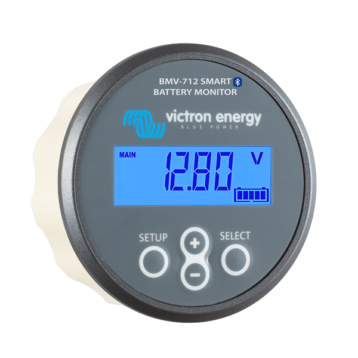
Victron (842)
-
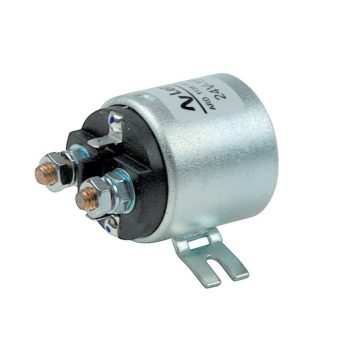
Relays (109)
-
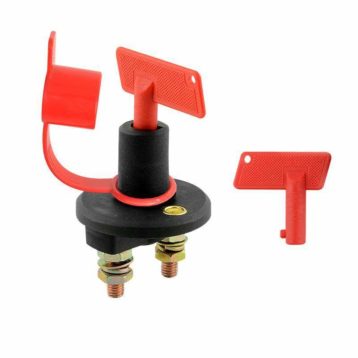
Switches (83)
-
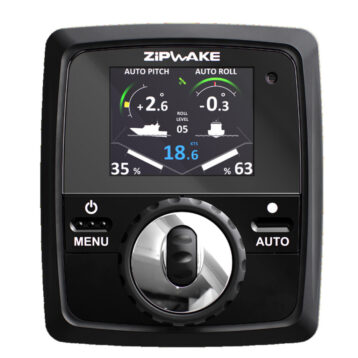
Zipwake Trim Tabs (160)
-
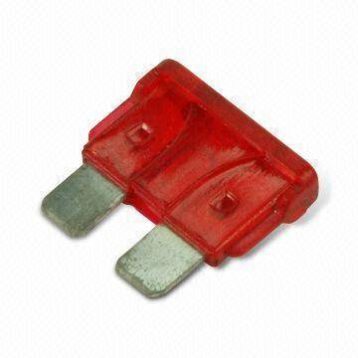
Ship's fuses (77)
-
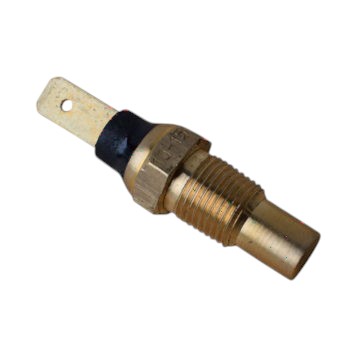
Instruments and Sensors (168)
Arrange the on-board electricity
It feels good not to have any hassle with the on-board electricity. How do you keep your fridge cold and your (boat) lights on, while you can still start your engine? A battery separator may be a solution for you.
What electrical parts does a boat motor have?
- Relays
A relay is an electrically operated switch with a small voltage and current that can switch a much larger one. This reduces the need for thick cables and minimises losses. A relay also switches on quickly so that there is less sparking. In boating, we often switch on the anchor winches or bow thruster with a relay, but also smaller parts such as the lighting and preheating system of the engine. - Switches
To start your fridge lights and your boat with an ignition lock, you need switches. From the large earth switches to shut down your engine at rest to the small pressure switch for a LED reading lamp. - Fuses and distribution blocks
Security above all. Always protect an electrical installation against short circuiting and overloading. If it does go wrong, a fuse will automatically break the circuit. AB Marine service caters for your needs: from bow thruster fuses to plug-in fuses. - Instruments and sensors
Sensors, for early warning. A sensor measures a certain value and lets you know if everything is in order. Oil pressure and cooling temperature sensors are the most important, but other indicators are also helpful. For example the battery charging voltage; A battery monitor provides insight into the charging process. If you want a warning in time, a buzzer offers the solution - Current and voltage
The on-board voltage supply is important. Because of the various systems, you often have to deal with converters and charging voltage distributors that control this. When not sailing, you can use the shore power charger to keep the voltage up. The engine alternator charges the starter battery when the boat is in motion, and you can then use a charging voltage distributor and diode bridge to transfer the voltage to the mains battery. Want to put the kettle on? Use 220V that you convert with a converter to several wattages. - Windscreen wiper systems
For good visibility on the water during bad weather, you need a good windscreen wiper system. Choose a simple on/off switch or one with a trailing contact that brings the wiper back to its final position. A wiper arm and wiper blade of the right length ensure optimum visibility.

